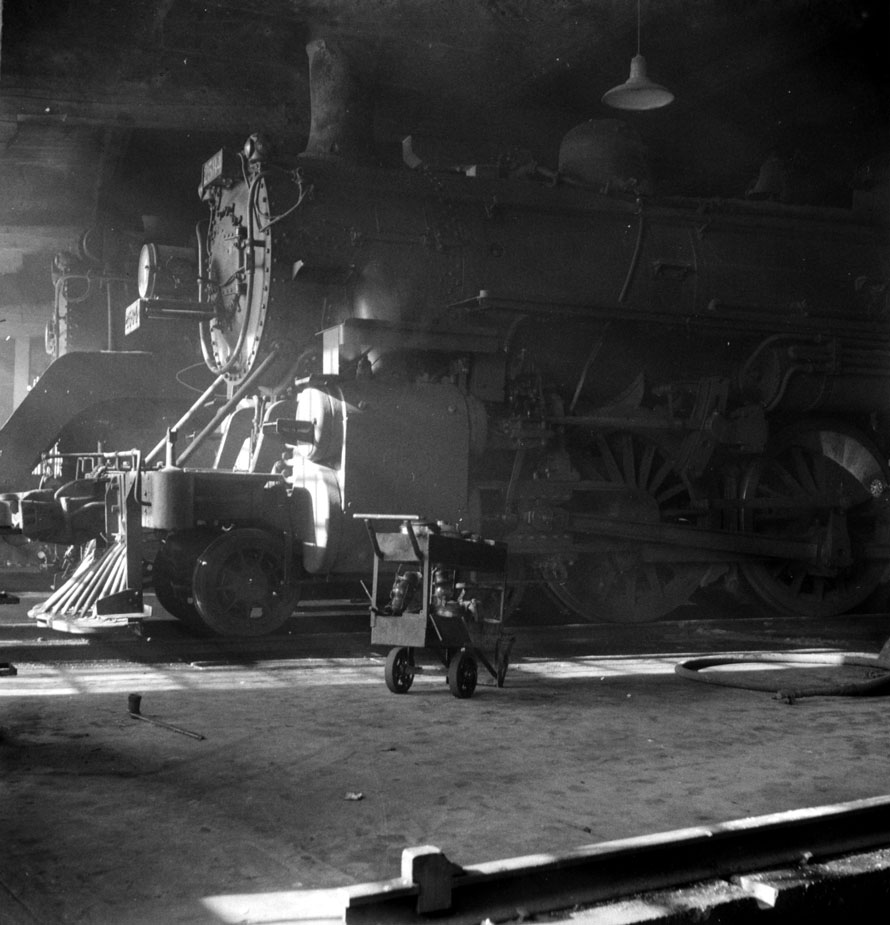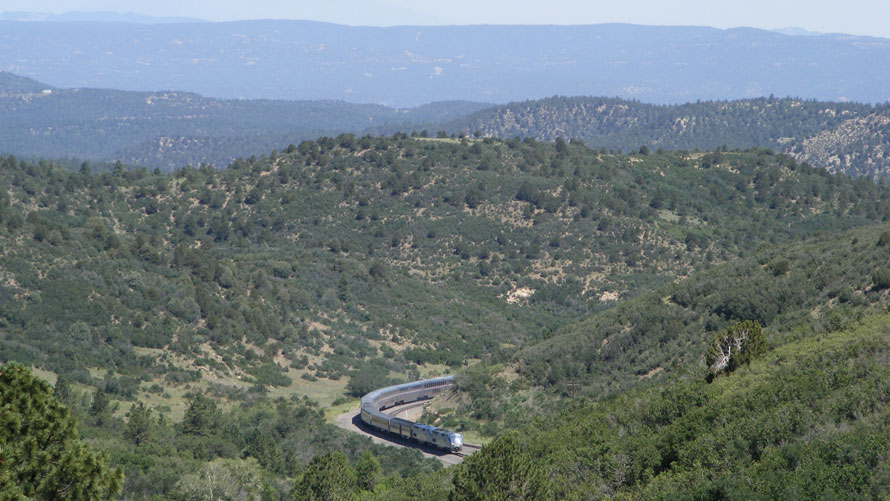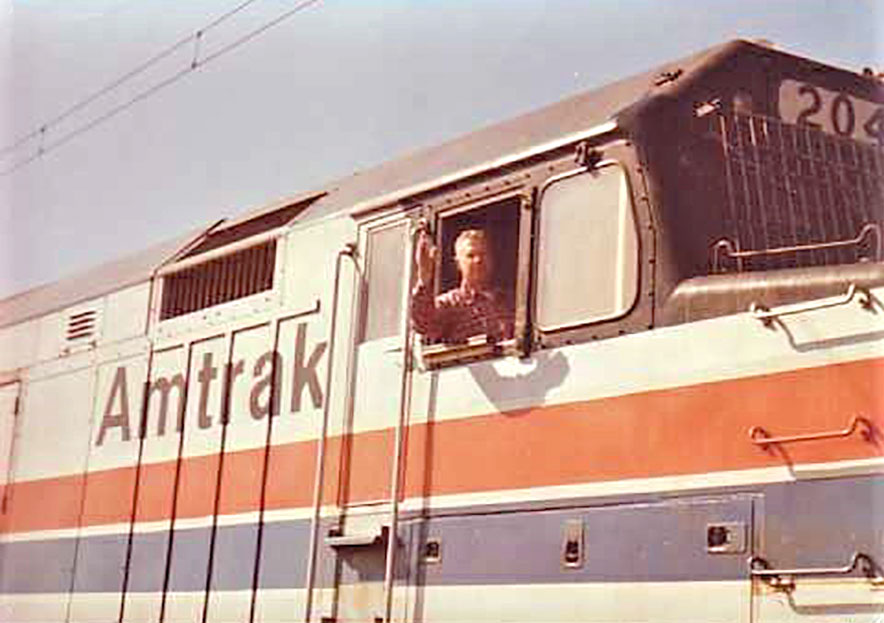
Canadian Pacific was the last operator of mainline steam in the state of Maine, and also the last operator of rail passenger services until VIA Rail took over. The yard at Brownville Junction served as a mid-point between Quebec and New Brunswick, also acting as the exchange point with the Bangor and Aroostook. The town of Brownville Junction swelled around the two railroads, being a hive of activity for the movement of pulpwood, finished paper, potatoes, grain and fuel.
To accommodate the needed motive power, there were coaling and watering facilities, not to mention a large roundhouse with a metal shop and an electricians shop. Anything that required service or repair between Megantic and McAdam, whether it involved a broken tamper or butchering an unfortunate moose at trackside, fell to the men at Brownville Junction. Blackflies in the summer, sub-zero temperatures in the winter, and always in the most remote region for the season.
Read more
